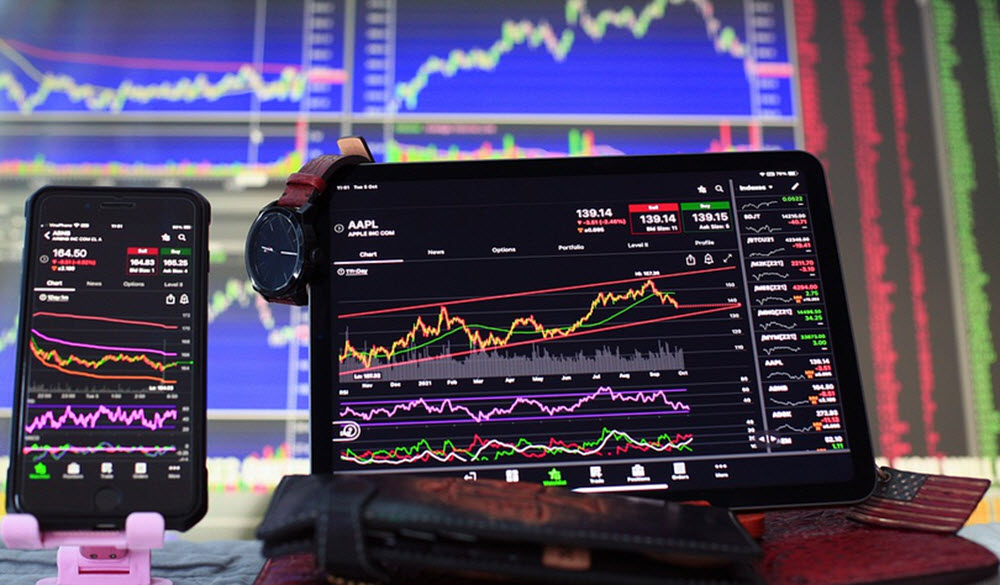Binary options are financial instruments that present their traders with an opportunity to speculate on the direction of price movement of various assets like stocks, commodities, currencies, and so on, within a predetermined time frame and with a predetermined payout. Although binary options trading sounds simple, it can be risky and unpredictable.
To trade in the binary options market, you must understand the market trends, indicators, and signals and have a sound money and risk management strategy. Understanding this knowledge and developing several skills may take a very long time, but that is where technology comes to play.
Computer programming has permeated and revolutionized several industries in today’s technology-driven world. This has opened up a world of unlimited possibilities and eased several manual and laborious processes. In this article, we will explore the process of building a binary options trading robot from scratch, as well as highlight the potential use of them as well as their advantages and disadvantages.
What is a binary options trading robot?

Source: wowonline.org
A binary options trading robot is a software program or an online platform that automates the binary options trading process. This means this program can analyze market data, generate trading signals, and even execute trades for you. However, you can set your preferred trade parameters, such as the asset, trade size, expiry time, risk level, and strategy. This allows you to determine the direction of the trade still even though a robot executes it.
Pros and Cons of using binary options trading robots
There are several advantages of building a binary options robot over manual trading. Some of them are:
- It eliminates emotional trading since robots can trade without feeling emotions like fear or greed.
- It can execute trades precisely and quickly and leverage opportunities humans can miss.
- It can execute trades 24/7 without taking breaks for sleep and take advantage of trades that would have ordinarily been missed.
- Building a robot provides an avenue to sharpen your programming skills and thoroughly understand the market.
However, binary robots also have their disadvantages, like:
- Some robots can be poorly designed and are, therefore, unreliable
- It provides an avenue for scammers to try to sell fake robots
- Traders may become too dependent on robots.
How to build a binary options trading robot

Source: binaryoptions.com
The following are the steps to build a properly functional binary options robot:
- Define trading strategy: This is the first and most crucial step. It involves determining the market conditions under which your robot will enter and exit trades. These strategies can be based on a mix of technical indicators, price patterns, and fundamental analysis. It just depends on the trader’s preferred strategy.
- Choose a programming language: Selecting your preferred programming language is important. The most common options are Python, Java, C++, and MATLAB. They have unique strengths and potentials; you must choose what works best for you.
- Collect historical data: This is important for backtesting the strategy and optimizing the robot’s performance. You can access this by visiting several online platforms that provide free or paid access to the historical prices of various instruments.
- Implement the strategy: Use your preferred programming language to translate the trading strategy into code. Code the necessary logic for entering and exiting trades, your preferred position size, and your risk management strategy. You should also incorporate a connection with a binary options broker’s API for real-time data and trade execution.
- Backtesting and optimization: Testing the robot’s performance using historical data generated earlier. This will help the trader evaluate the robot’s profitability and risk management effectiveness. This is also important to identify potential weaknesses in the program and fine-tune the strategy parameters for optimal results.
- Paper trading and live trading: After backtesting, the final thing to do is to use the robot in a simulated environment to validate its real-time performance. Once this has been perfected, you can move on to live trading, but you must still be careful and start with more minor positions.

Source: fcaa.gov.sk.ca
Conclusion
Building trading robots might be several binary options traders’ next most prominent strategy. It offers a more effective and efficient way to automate trades while eliminating emotional trading. Although it can be risky if not implemented correctly, long-term success is assured with thorough testing, continuous optimization, and prudent risk management.
Furthermore, building a binary options trading robot allows traders to enhance their programming skills and gain a deeper understanding of the market dynamics. By implementing their own strategies and coding them into a functional robot, traders have more control over their trading decisions and can fine-tune their approach based on market conditions.
However, it is important to acknowledge the potential drawbacks of using trading robots. Some robots may be poorly designed or unreliable, leading to inaccurate trade executions and potential losses. Additionally, the presence of scammers selling fake robots highlights the need for caution and thorough research when selecting a robot or trading platform.
Another consideration is the risk of becoming too dependent on robots. While automation can be beneficial, traders should not completely rely on robots and neglect their own analysis and decision-making skills. It is crucial to maintain a balance and regularly monitor and evaluate the robot’s performance.
In conclusion, building a binary options trading robot from scratch offers numerous advantages, including the elimination of emotional trading, precise and quick trade executions, and the ability to trade 24/7. By defining a trading strategy, choosing a programming language, collecting historical data, implementing the strategy, and conducting backtesting and optimization, traders can develop a functional and effective robot. However, it is essential to remain cautious, continuously test and optimize the robot’s performance, and practice prudent risk management. With the right approach, trading robots can serve as powerful tools to enhance trading efficiency and profitability in the binary options market.
By combining programming skills with market knowledge, traders can unlock the full potential of binary options trading robots and achieve long-term success.



